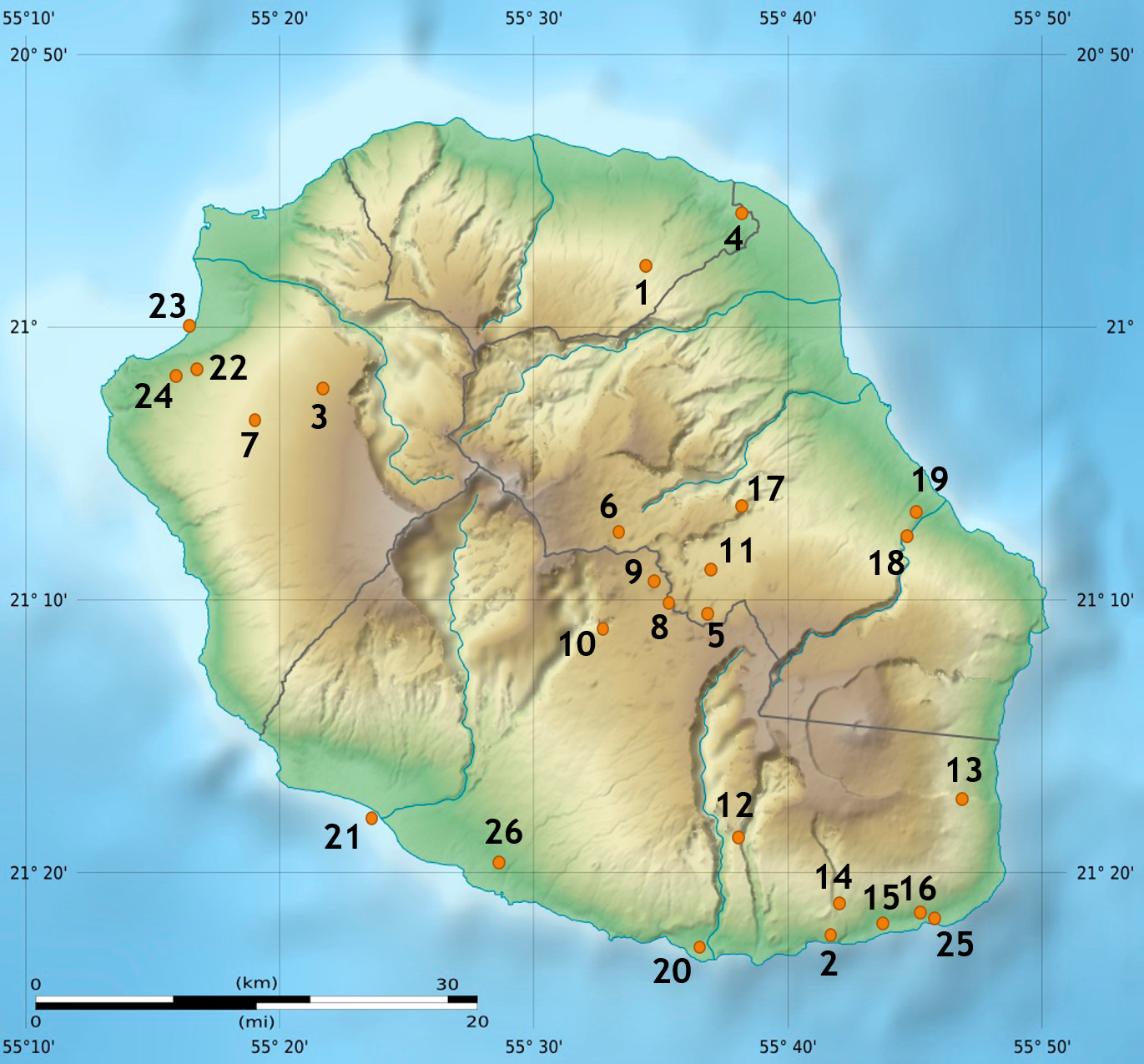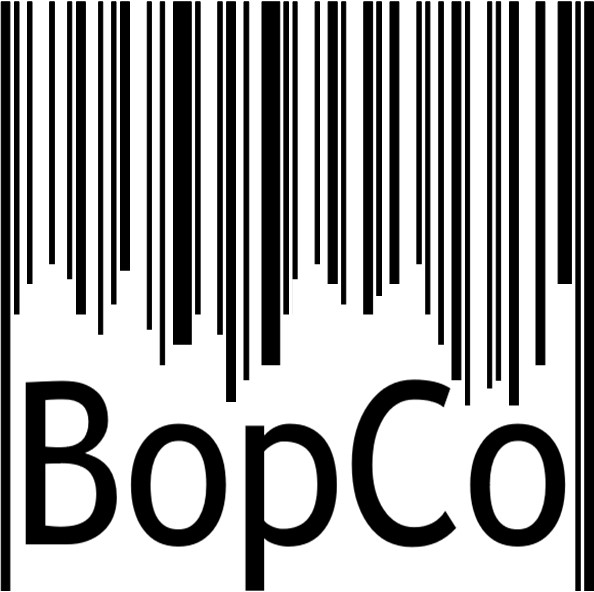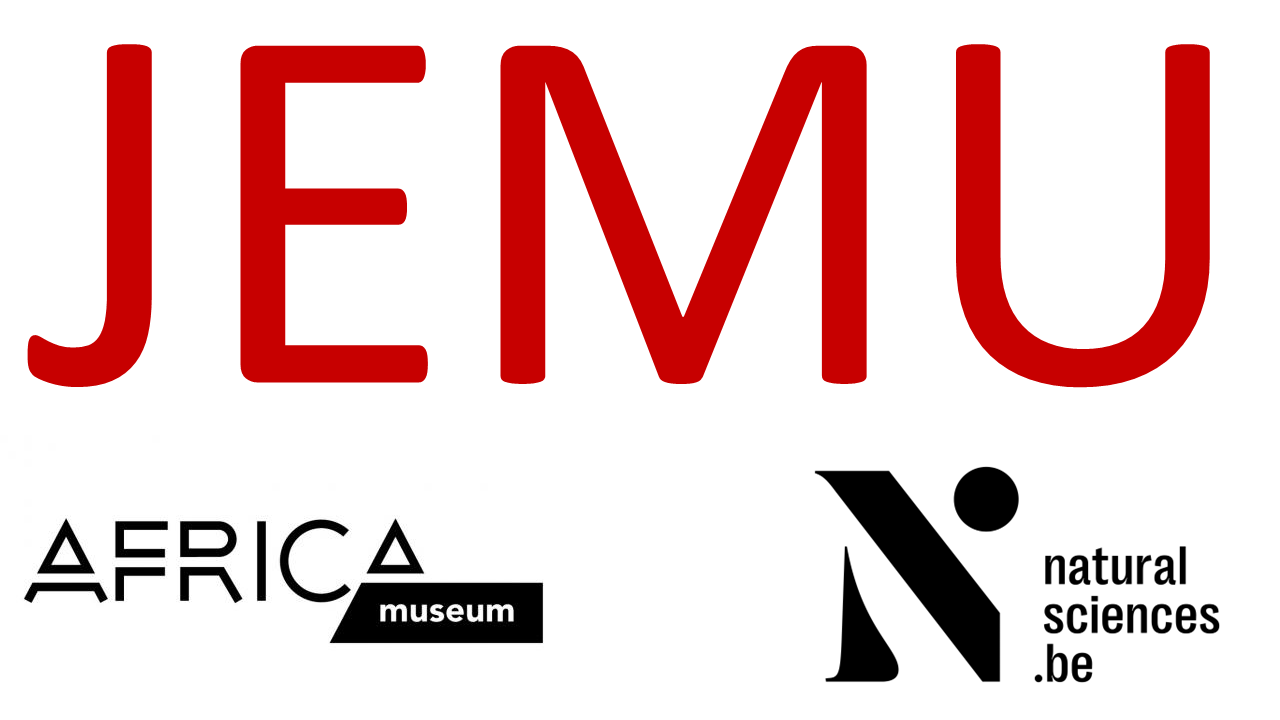A first DNA barcode library of the forensically important flies of La Réunion (France)
Policy concern: forensics

Forensic entomologists use larvae of flies to establish the interval between the time of death and the discovery of the body (post-mortem interval). The identification of these flies is decisive in forensic casework but often hampered by difficulties in species identification because larvae may lack morphological characteristics.
The use of DNA barcodes can facilitate the identification of forensically relevant fly species, to discriminate from non-forensically important species. This methodology relies on the availability of a representative and comprehensive reference library of DNA barcodes.
BopCo, in collaboration with the Joint Experimental Molecular Unit (JEMU), constructed a reference library of 195 COI barcodes, representing 29 species of the families Calliphoridae, Fannidae, Muscidae, and Sarcophagidae from the island of La Réunion.
Publications & presentations
- Meganck, K., Ebejer, M., Kirk-Spriggs, AH., Kvifte, G., Couri, M., Rognes, K., Whitmore, D., Virgilio, M., Gombeer, S., Backeljau, T., De Meyer, M. & Jordaens, K. ‘A first, local DNA barcode reference database of the forensically important flies (Diptera) of the island of La Reunion’. 7th International Barcode of Life Conference, 20-24 November 2017, Kruger National Park, South Africa.





